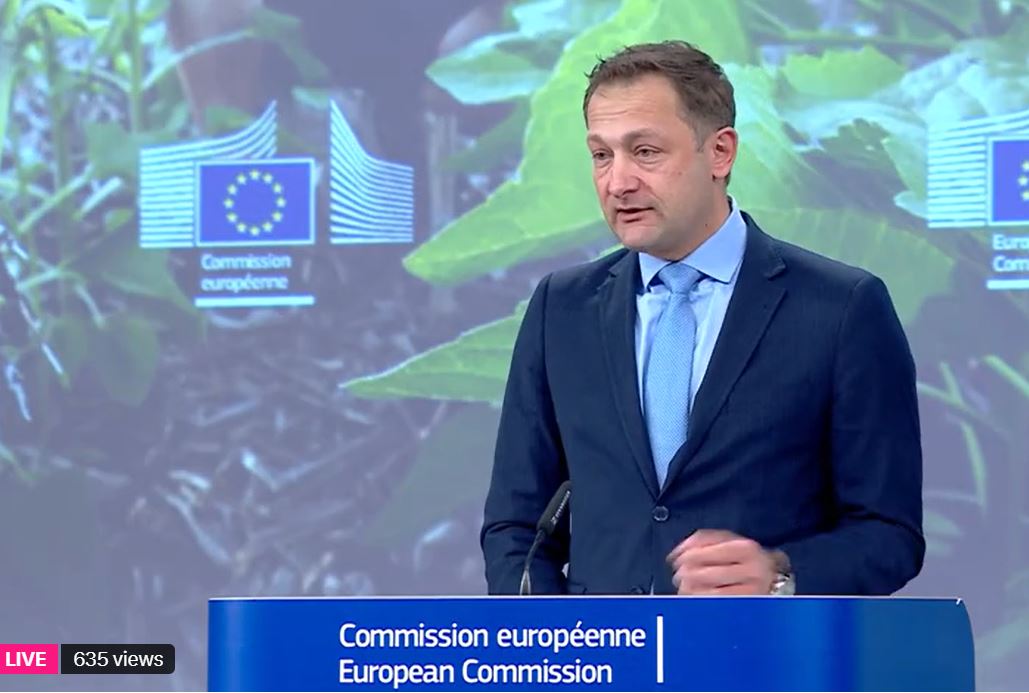What Does the ‘Vision for Agriculture and Food’ Say About Livestock?

On February 19, 2025, the European Commission unveiled its “Vision for Agriculture and Food“, a strategic roadmap to guide the European Union’s agri-food sector through 2040. Presented in Brussels by Commissioner Hansen, the document aims to provide long-term predictability and stability for farmers, addressing the evolving challenges of food production, environmental sustainability, and rural development.
At its core, the Vision places farmers at the centre of EU agricultural policy, with the renewal of farming generations identified as the sector’s most pressing challenge. This comprehensive plan seeks to ensure that European agriculture remains competitive, resilient, and capable of meeting both consumer demands and global market pressures while preserving the environment and fostering vibrant rural communities. All this while underlining the centrality of livestock’s role in addressing all these challenges.
Economic Importance and Rural Vitality
Livestock farming is portrayed as a cornerstone of rural economies, underpinning jobs across various value chain segments. The sector’s contribution to economic stability in rural areas is deemed indispensable, particularly in regions with limited alternative economic opportunities. The Vision outlines the need to strengthen local economies by ensuring livestock producers remain competitive and resilient against market fluctuations and global competition.
Environmental Sustainability and Climate Goals
Environmental considerations are a key focus of the Vision, which calls for significant efforts to reduce the environmental footprint of livestock production. This includes adopting sustainable practices to lower greenhouse gas emissions, improve resource efficiency, and promote biodiversity. The Commission encourages the implementation of innovative solutions that reconcile productivity with ecological preservation, emphasizing that sustainable livestock farming can be part of the solution to climate-related challenges.
Animal Welfare and Societal Expectations
Meeting societal demands for higher animal welfare standards is another priority highlighted in the Vision. The European Commission underlines the importance of enhancing animal welfare across all stages of production to align with consumer expectations and ethical considerations. The document suggests that robust welfare standards not only improve the well-being of animals but also contribute to the overall quality and marketability of European animal products.
Innovation, Technology, and Competitiveness
Innovation is presented as a driving force for the future of the livestock sector. Investments in research and technological advancements are seen as essential to improving productivity while addressing environmental and animal welfare concerns. Precision farming, digital monitoring tools, and sustainable feeding practices are among the innovations the Vision promotes to boost efficiency and competitiveness across diverse production systems.
Diversity of Production Systems and Regional Adaptation
Recognizing the diversity of livestock production methods across Europe, the document stresses the need for policies that account for regional differences. Tailored solutions are encouraged to reflect local conditions, traditions, and market needs, ensuring that all types of livestock farms—from extensive grazing systems to intensive production units—are supported appropriately. This approach aims to maintain the richness of Europe’s agricultural heritage while advancing sustainability goals.
Policy Framework and Long-term Viability
The European Commission commits to developing a long-term vision for EU livestock that addresses the sector’s key challenges, including price volatility, climate risks, and international market pressures. By providing targeted support measures and fostering cooperation among stakeholders, the Vision aims to secure the long-term viability of livestock farming. Policies will focus on balancing economic growth with environmental stewardship, ensuring that the livestock sector remains a competitive and sustainable component of Europe’s agri-food future. Our partner associations look forward to engaging with the institutions in the work stream on livestock to ensure a better future for everyone.
This comprehensive approach reflects the EU’s ambition to create an economically robust, environmentally responsible livestock sector that is responsive to evolving societal values.
For more detailed information, see the full Vision for Agriculture and Food paper.